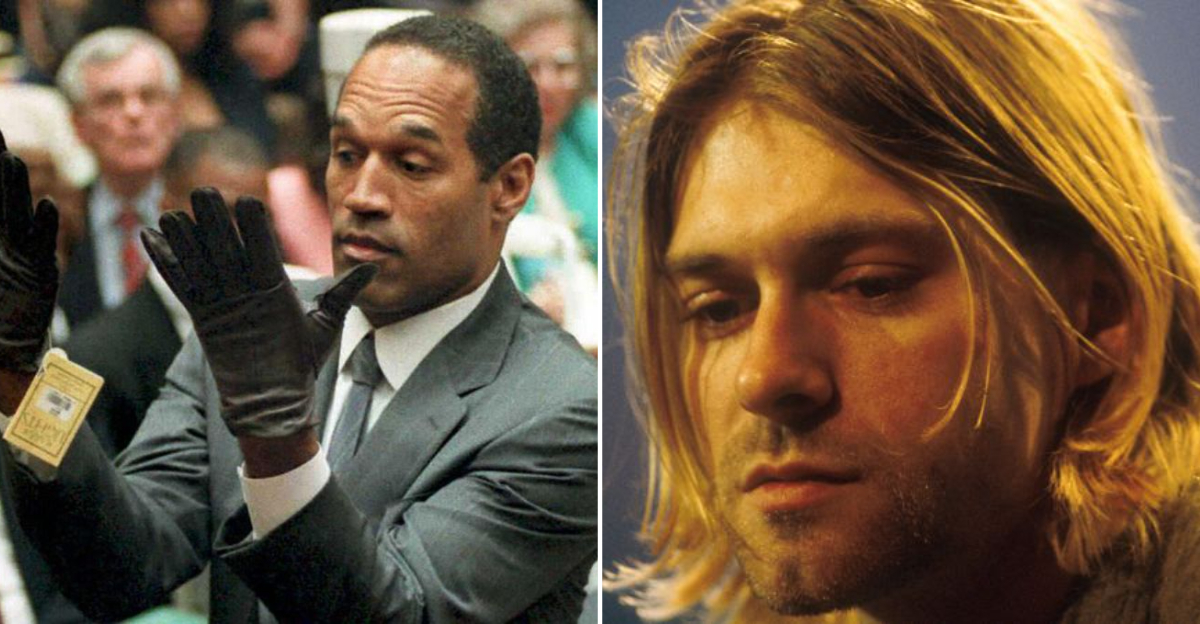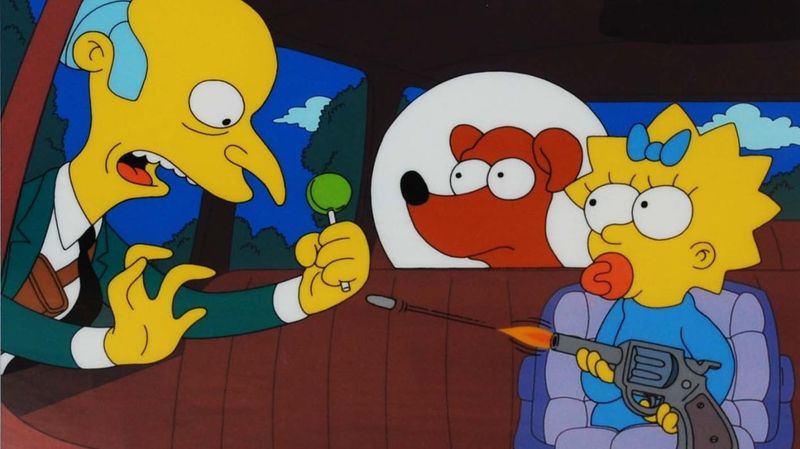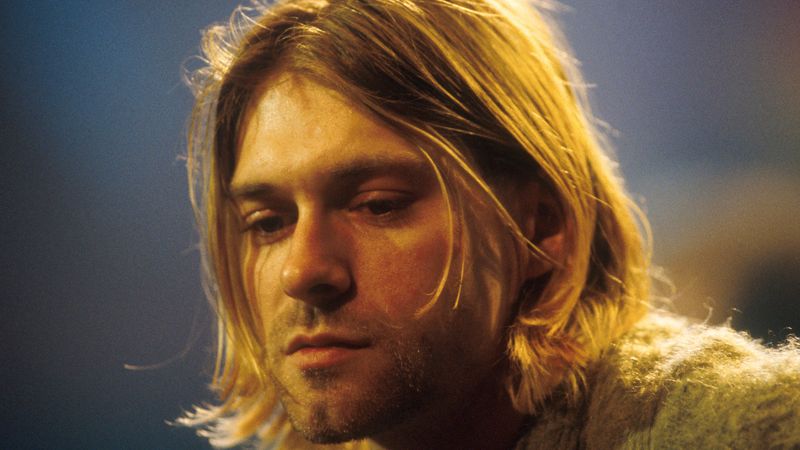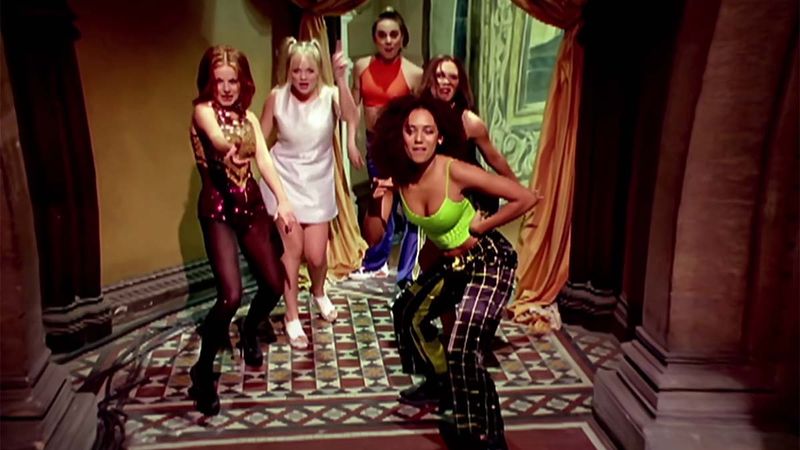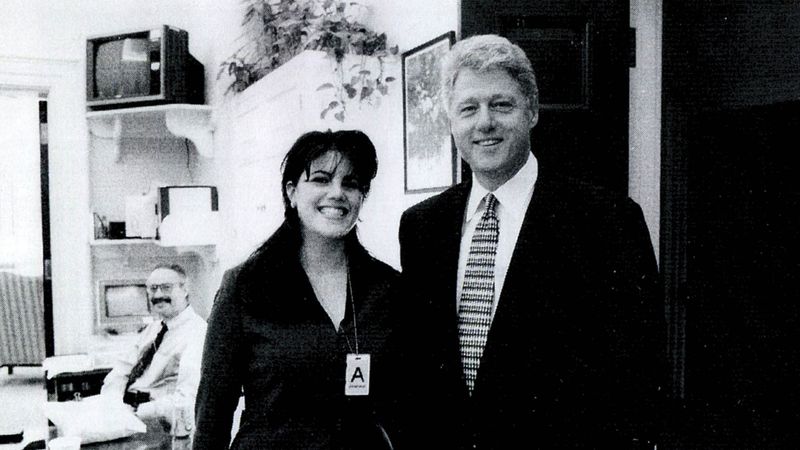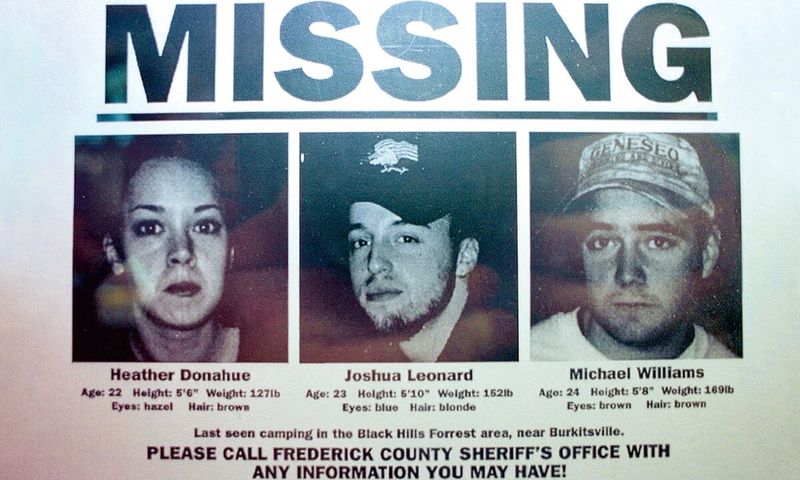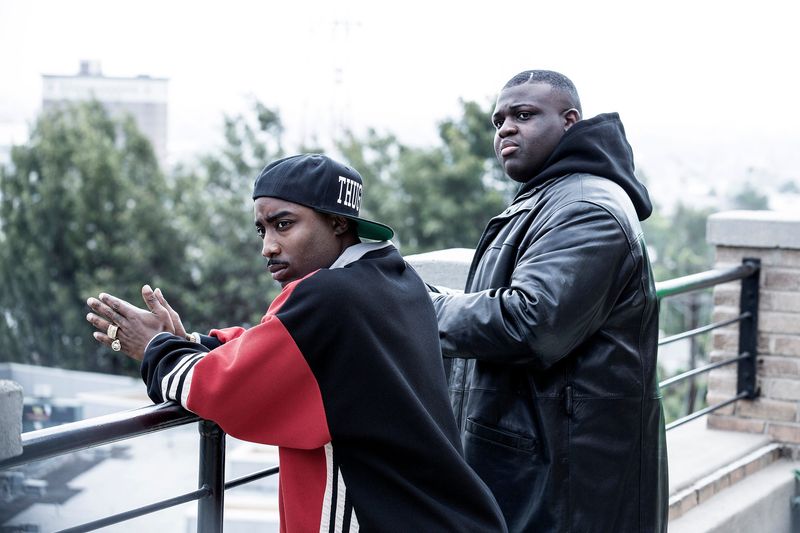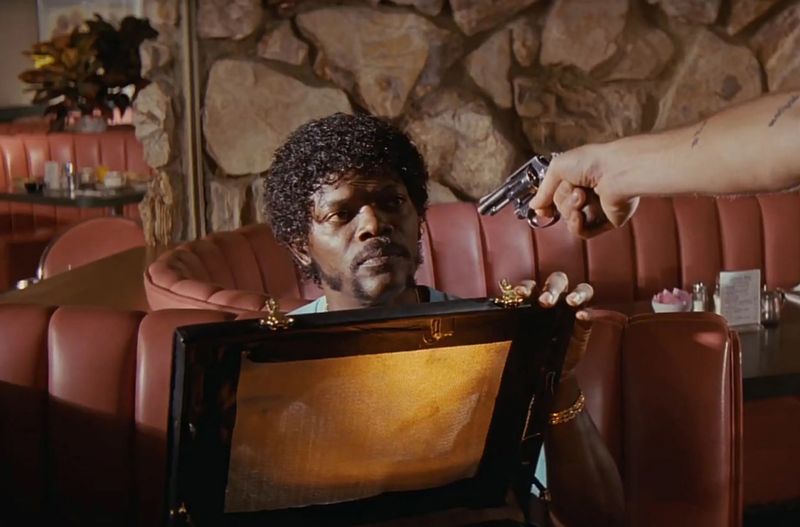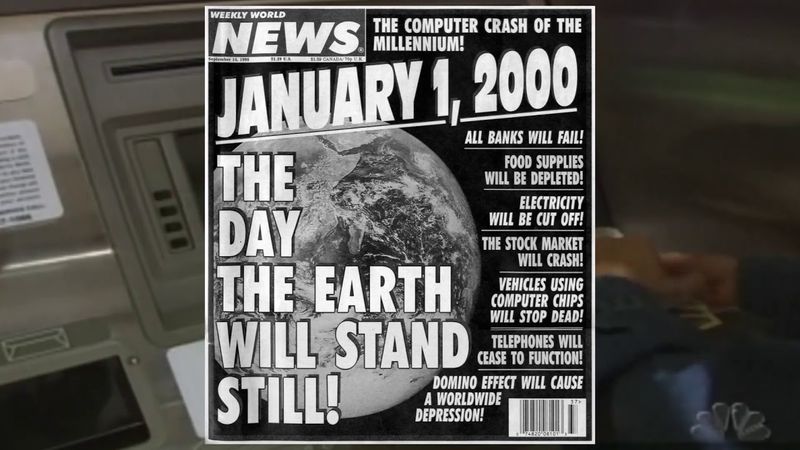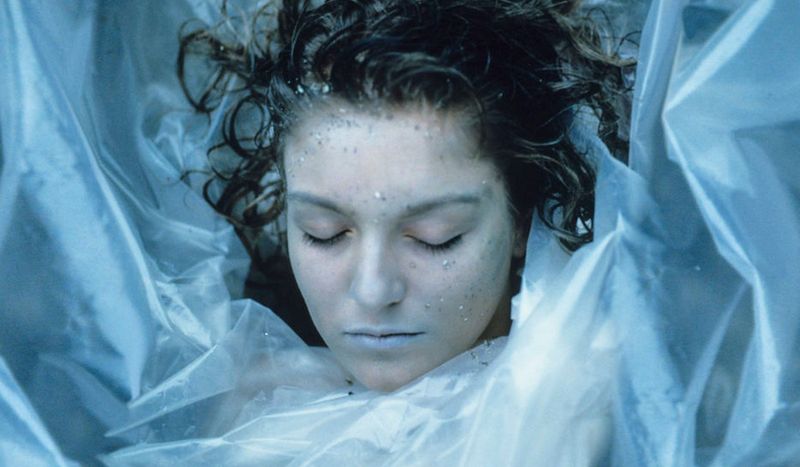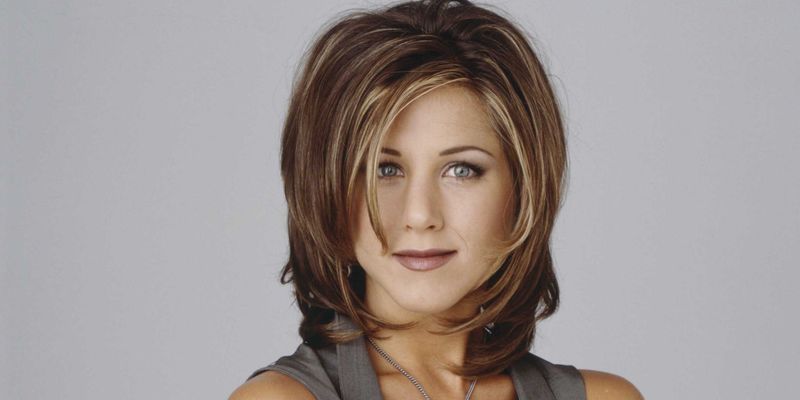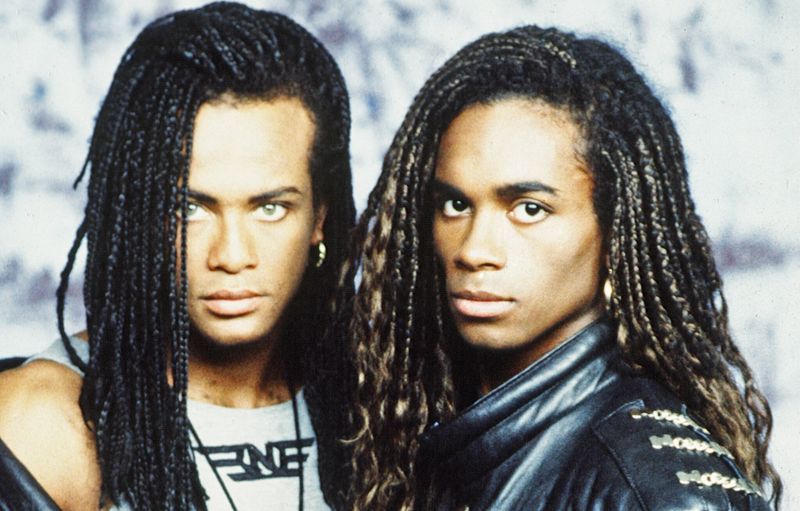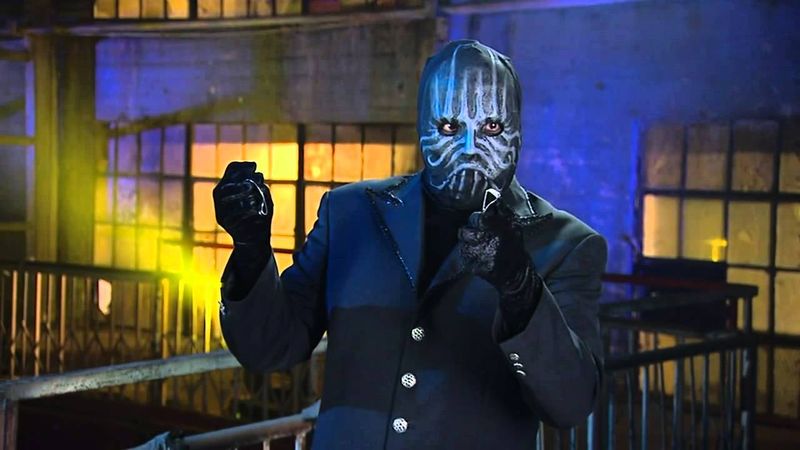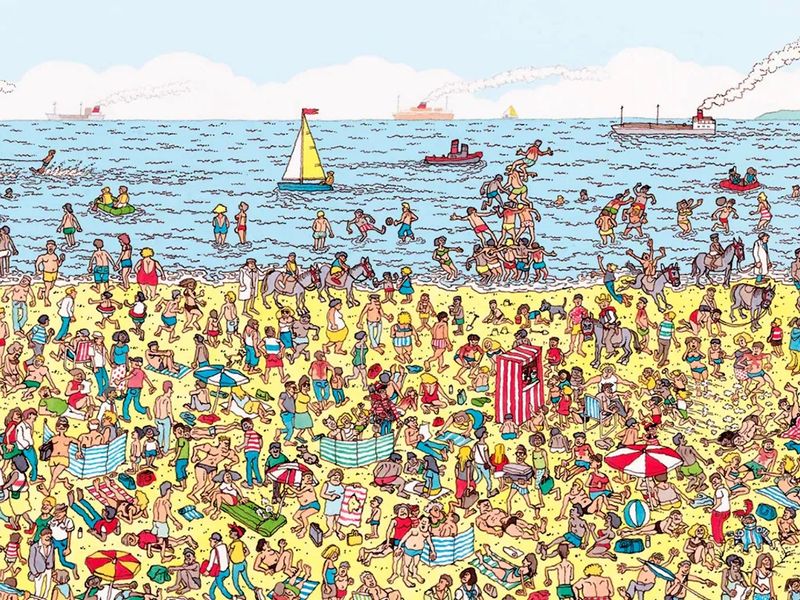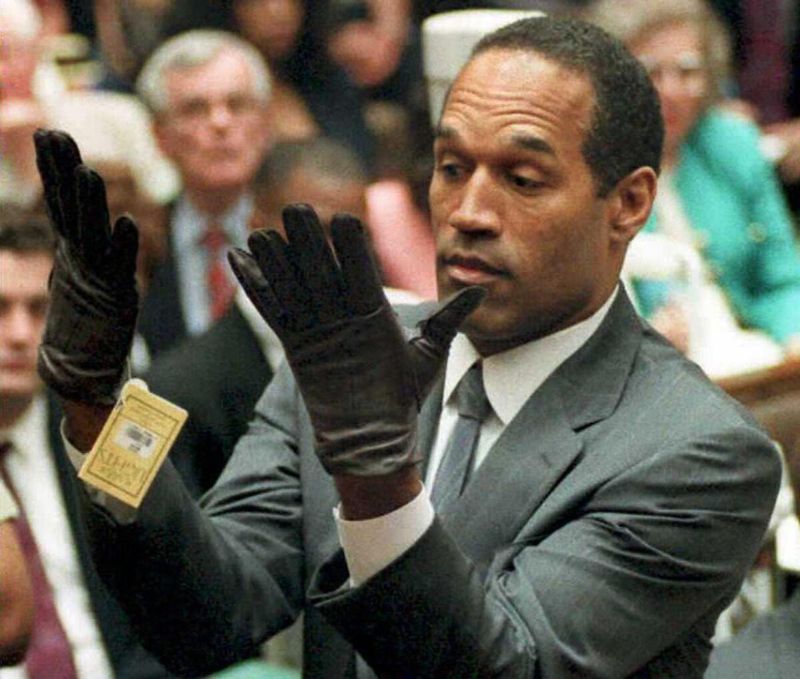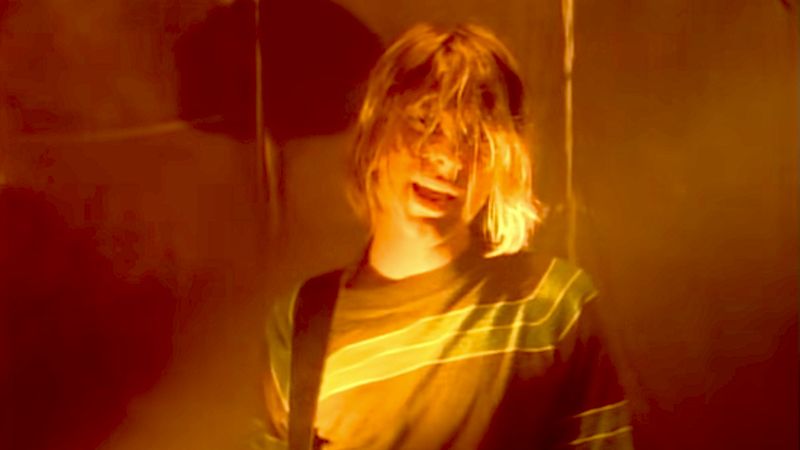The 1990s were a decade brimming with groundbreaking entertainment, iconic moments, and enigmatic mysteries that captivated fans around the globe.
From television cliffhangers and unsolved crimes to cryptic song lyrics and cultural phenomena, the ’90s left an indelible mark on pop culture history.
This era sparked discussions that continue to intrigue us. Join us as we explore the 20 most captivating mysteries that defined this unforgettable decade.
1. Who Shot Mr. Burns?
The iconic Simpsons two-part cliffhanger in 1995 had fans theorizing wildly about who shot Springfield’s cantankerous billionaire. It was more than just a television event; it became a cultural phenomenon, sparking discussions across households and workplaces.
Fans speculated about the culprit, drawing diagrams and creating elaborate theories. The mystery was rooted in classic whodunit style, complete with clues and red herrings.
The eventual reveal—Maggie Simpson pulling the trigger—added a twist that was both surprising and satisfying. This episode demonstrated the show’s brilliance in storytelling and ability to engage audiences.
2. What Really Happened to Kurt Cobain?
The tragic death of Nirvana’s frontman in 1994 sparked endless debates, theories, and conspiracy rumors. His passing was officially ruled a suicide, but alternative theories persist.
Some believe foul play was involved or that pressures of fame contributed to his demise. The mystery deepens with inconsistencies in official reports and questions about his mental state.
Fans and conspiracy theorists alike delve into his lyrics for hidden meanings. Despite numerous investigations and documentaries, the true circumstances of Cobain’s death remain shrouded in mystery. His legacy, however, continues to influence generations of musicians.
3. The Identity of “Deep Throat” in the X-Files
The cryptic informant in the wildly popular sci-fi series kept fans guessing about his real motives and connections. Known only as “Deep Throat,” his presence added an element of intrigue and suspense to the storyline.
Viewers speculated about his background and whether he could be trusted. His character was inspired by real-life political informants, adding layers of complexity.
The mystery surrounding his identity fueled fan theories and discussions, contributing to the show’s cult status. As one of the show’s most enigmatic figures, “Deep Throat” remains a symbol of the unknown and unseen forces at play.
4. The Meaning Behind “Wannabe” by the Spice Girls
What does “zig-a-zig-ah” really mean? Fans of the global girl group still debate this playful lyric. The Spice Girls’ debut single became an anthem of girl power, but its catchy chorus left listeners puzzled.
Some suggest it represents a carefree, fun-loving attitude, while others see it as a metaphor for independence. The lyric adds a layer of mystique, encouraging fans to create their own interpretations.
Despite its ambiguity, “Wannabe” resonated worldwide, cementing the Spice Girls’ place in pop culture history. The mystery behind the lyric contributes to the song’s enduring appeal and timelessness.
5. The Monica Lewinsky Scandal
The Clinton-Lewinsky affair dominated headlines in the late ’90s, leaving questions about the cultural and political fallout. This scandal, involving a U.S. President and a White House intern, led to intense media scrutiny and public debate.
The affair’s exposure resulted in impeachment proceedings, making it a landmark moment in American politics. It raised questions about privacy, power dynamics, and media ethics.
Years later, the scandal’s impact on political discourse and personal reputations continues to be analyzed. The mystery lies not just in the events themselves, but in their lasting influence on society and governance.
6. The “Blair Witch” Phenomenon
Was The Blair Witch Project a real documentary or a brilliant marketing hoax? Audiences weren’t sure in 1999. The film’s innovative use of found footage and viral marketing blurred the lines between fiction and reality.
This ambiguity sparked debates among viewers, who questioned the authenticity of the events depicted. The film’s creators cleverly used internet forums to fuel speculation and mystique.
The mystery surrounding the film’s true nature captivated audiences, making it a cultural phenomenon. To this day, it remains a landmark in horror cinema, demonstrating the power of storytelling and marketing to create lasting intrigue.
7. Tupac and Biggie’s Murders
The deaths of two of hip-hop’s greatest legends remain unsolved, with fans speculating on who was responsible. Tupac Shakur and The Notorious B.I.G. were both gunned down in drive-by shootings, leaving the music world in shock.
Despite numerous investigations, the cases remain open, with countless conspiracy theories circulating. Some point to gang rivalries, while others blame the music industry’s competitive nature.
The lack of closure has fueled documentaries, books, and movies, keeping the mystery alive. Their murders not only ended two promising careers but also highlighted issues of violence and rivalry within the hip-hop community.
8. What’s in Marcellus Wallace’s Briefcase?
Quentin Tarantino’s Pulp Fiction left viewers puzzled over the glowing briefcase’s contents—a mystery still debated. The briefcase serves as a key plot device, driving the film’s interwoven stories. Its glowing contents are never revealed, leading to endless speculation.
Some suggest it contains gold, others propose supernatural elements or metaphors for greed. The mystery is part of the film’s charm, inviting viewers to use their imagination. Tarantino’s refusal to disclose its contents only adds to the allure.
This enduring enigma is a testament to the film’s ability to provoke thought and discussion long after its release.
9. The Y2K Panic
Would computers crash and the world end at midnight on December 31, 1999? The global paranoia was palpable. The Y2K bug was feared to cause widespread technological failures as systems transitioned from 1999 to 2000.
Governments and businesses spent billions on preventative measures, but the anticipated chaos never materialized. The mystery lies in whether these efforts prevented a disaster or if the fears were exaggerated.
The panic highlighted society’s growing dependence on technology and the need for robust systems. The Y2K phenomenon remains a fascinating example of millennial anxiety and the power of collective fear.
10. Who Killed Laura Palmer?
David Lynch’s Twin Peaks had everyone glued to their TVs, obsessing over who was responsible for Laura’s death. The show’s unique blend of mystery, supernatural elements, and eccentric characters captivated audiences.
Viewers were drawn into the small town’s secrets, speculating on possible suspects. The mystery deepened with each episode, revealing twisted plots and hidden motives. The eventual revelation of her killer was both shocking and satisfying, fitting the show’s surreal narrative style.
Twin Peaks set a new standard for television, influencing countless series and leaving an enduring legacy. The question of who killed Laura Palmer remains iconic.
11. The Infamous “Rachel” Haircut
Jennifer Aniston’s haircut on Friends became a worldwide sensation. But why did this simple hairstyle explode in popularity? Known as “The Rachel,” the layered bob was both trendy and versatile, appealing to women globally.
It symbolized the carefree, fashionable spirit of the ’90s. The haircut’s popularity was fueled by Aniston’s portrayal of Rachel Green, making it a cultural icon. Stylists were inundated with requests, and the look was featured in countless magazines.
Despite Aniston’s personal dislike for it, “The Rachel” remains a defining fashion moment of the decade, embodying the era’s style and influence.
12. Why Did Milli Vanilli Fake It?
The Grammy-winning duo lip-synced their way into pop infamy. The public couldn’t stop asking why. Milli Vanilli’s music captivated audiences until it was revealed that they hadn’t sung on their own album.
The scandal exposed the pressures of the music industry and the emphasis on image over talent. The duo faced backlash, losing their Grammy and credibility. The incident sparked debates about authenticity and integrity in entertainment.
While some sympathized with the duo’s plight, others criticized the deception. Milli Vanilli’s rise and fall serve as a cautionary tale, highlighting the pitfalls of fame and the quest for authenticity.
13. Who Was The Masked Magician?
Fox’s Breaking the Magician’s Code revealed magic’s biggest tricks but kept the performer’s identity a mystery. Known as the Masked Magician, his show captivated viewers by exposing illusions while maintaining anonymity.
This enigmatic figure sparked debates about the ethics of revealing secrets and the impact on the magic community. Magicians criticized the show, fearing it would ruin the art form. Despite backlash, the series gained popularity, with audiences intrigued by the revelations.
The Masked Magician’s identity was eventually unveiled, but the controversy and fascination remain. His actions forever changed the landscape of televised magic and audience expectations.
14. Where’s Waldo, Really?
The ’90s brought an obsession with the hidden figure in Where’s Waldo?—why did this concept take the world by storm? The books challenged readers to find Waldo in detailed, whimsical illustrations.
Their popularity was fueled by the joy of discovery and the engaging artwork. The series became a cultural phenomenon, spawning merchandise and adaptations. Waldo’s appeal lies in the universal love of puzzles and challenges.
The concept’s simplicity and accessibility made it a favorite among all ages. The mystery of finding Waldo symbolized the era’s playful spirit and remains a beloved pastime, cherished by generations.
15. Did O.J. Do It?
The 1995 O.J. Simpson trial captivated the world, raising debates over justice and race that endure today. Accused of murdering his ex-wife and her friend, Simpson’s trial was a media spectacle.
The case exposed racial tensions and flaws in the justice system. The verdict—acquittal—sparked outrage and celebration, reflecting societal divisions. The trial’s coverage and its impact on American culture are subjects of ongoing analysis.
The mystery of Simpson’s guilt or innocence continues to be debated, inspiring books, documentaries, and dramatizations. The trial remains a landmark event, symbolizing the complexities of celebrity and justice.
16. The Mystery of “Smells Like Teen Spirit” Lyrics
Even diehard fans of Nirvana often couldn’t decipher the mumbled lyrics of their most famous anthem. “Smells Like Teen Spirit” captured the angst and rebellion of a generation, but its meaning remains elusive.
Kurt Cobain’s cryptic writing style and delivery left listeners interpreting the song in various ways. Some view it as a critique of mainstream culture, while others see it as a celebration of youthful defiance.
The song’s ambiguity adds to its allure, inviting personal connections and interpretations. Its enduring impact on music and culture is undeniable, despite—or perhaps because of—the mystery surrounding its lyrics.
17. Why Did Ross and Rachel Take a Break?
The most famous “break” in TV history on Friends sparked endless debate about relationship rules and loyalty. Ross and Rachel’s romance was central to the show’s appeal, with their “break” becoming a cultural touchstone.
Fans passionately discussed who was right or wrong, reflecting broader themes of love and commitment. The storyline highlighted the complexities of relationships, resonating with viewers worldwide.
The debate over their break continues to be a topic of conversation, demonstrating the show’s lasting relevance. Ross and Rachel’s dynamic remains emblematic of ’90s television, capturing the era’s spirit and enduring influence on pop culture.
